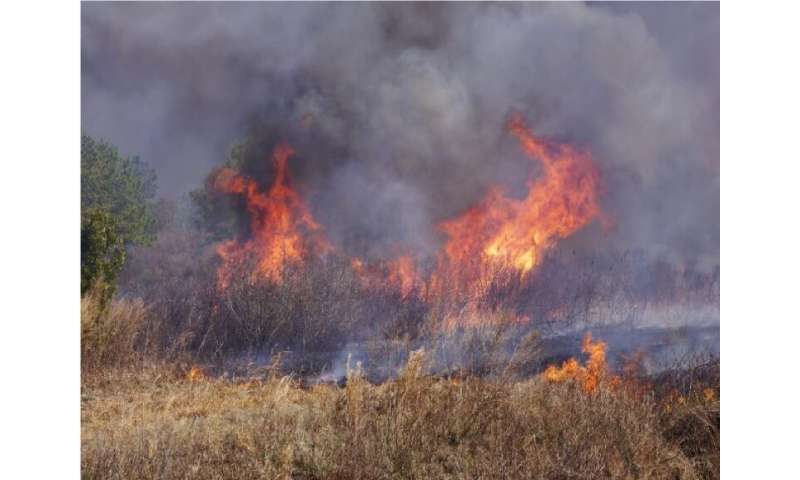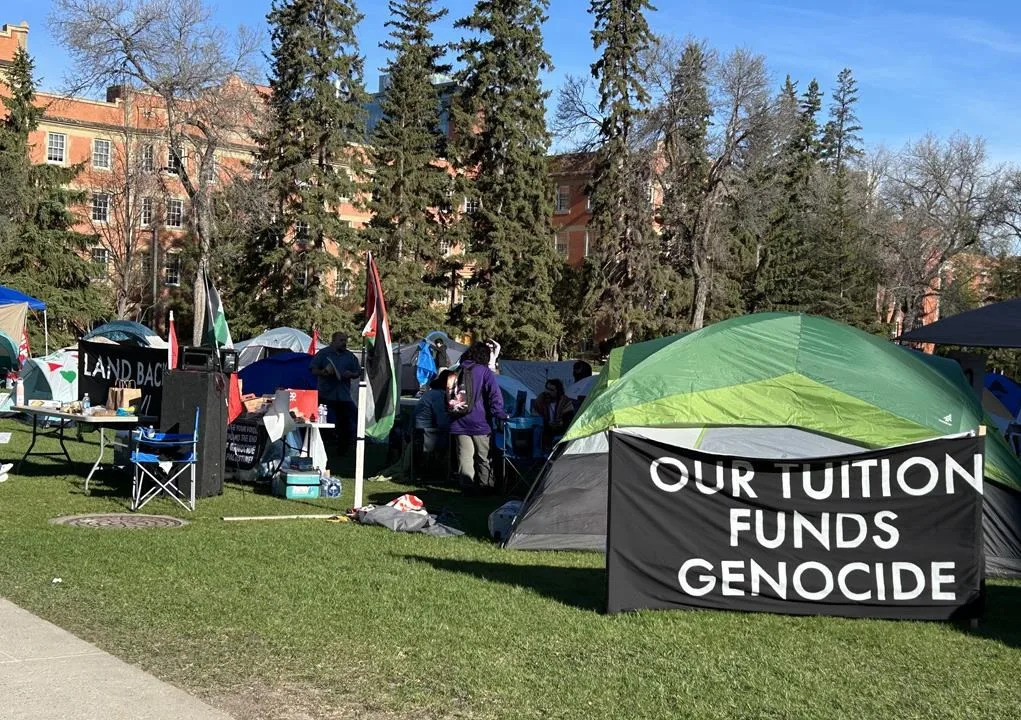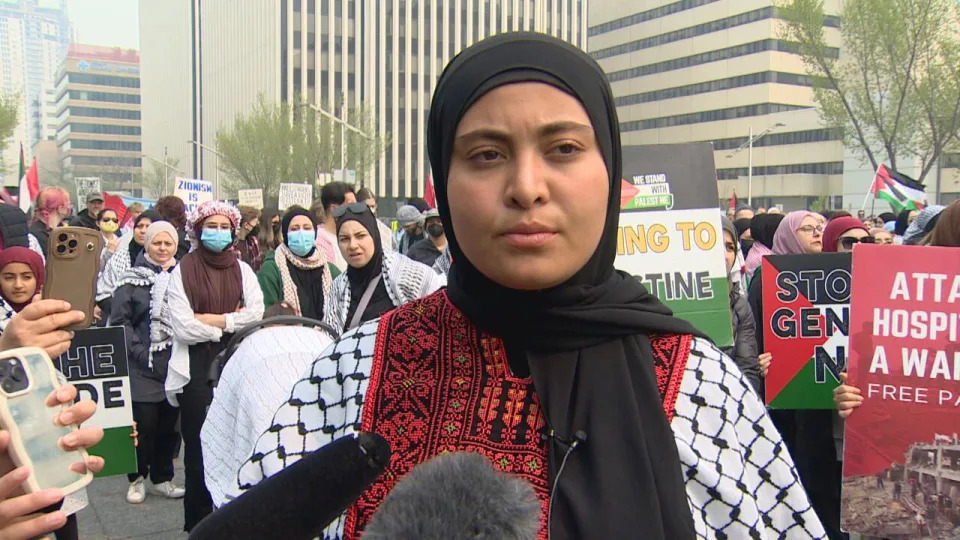CBC
Sat, November 4, 2023

The Inuksuk II fishing vessel was launched into the water at a shipyard in Turkey this week. The vessel is being built for Baffin Fisheries, which is based in Iqaluit, Nunavut, and has an operational office in St. John's. The company, which is 100 per cent Inuit-owned, harvests shrimp and turbot from Arctic waters for the benefit of Nunavut.
A ship being described as Canada's largest fishing vessel — one that will soon make regular ports of call in Newfoundland harbours like St. Anthony, Harbour Grace and Bay Roberts — was launched this week from a yard in Turkey, and the Nunavut-based owners say it's on track to be harvesting turbot and shrimp from Arctic waters by next year.
The vessel will also bear a name that's quite familiar to ship-spotters in Newfoundland and Labrador: Inuksuk II.
Baffin Fisheries currently operates a fleet of three fishing vessels, including the MV Inuksuk I.
"It's a great achievement for the Inuit owners of Baffin Fisheries in Nunavut," Baffin Fisheries CEO Chris Flanagan told CBC Radio's The Broadcast this week. Flanagan is based at the company's office in St. John's.
The vessel is 80 metres long, 18 metres wide, and will be capable of carrying up to 1,300 tonnes of frozen-at-sea turbot or 930 tonnes of shrimp.
In comparison, the Inuksuk II is six metres longer than the Calvert, the newest vessel in Ocean Choice International's fleet.
Deep connections to Newfoundland and Labrador
The Inuksuk II is owned by Baffin Fisheries, which is based in Nunavut and owned by a coalition of five Inuit hunters and trappers associations in the territory.
But the company also has strong connections to Newfoundland and Labrador because some industry leaders from this province, including people like Carey Bonnell, served on the original committee that helped established the turbot fishery in 2001. The current CEO is from St. John's, and Newfoundlanders and Labradorians often serve alongside Inuit from Nunavut on the company's vessels.
The company's vessels also land their catches in Newfoundland ports.
"A lot of Newfoundlanders were instrumental in setting up this fishery, but the Inuit owners of Baffin Fisheries are very proud and have done extremely well to be ready to get this vessel going. It's going to serve us well and serve Nunavut well for 25 to 30 years," said Flanagan.
The ship is known as a factory freezer trawler, was designed by a Norwegian company, and is being constructed at the Tersan Shipyard in Turkey.
It will be the company's first new vessel, said Baffin Fisheries board chairman Sandy Kautuq, who resides in Clyde River, Nunavut.
In a news release issued this week by the company, Kautuq said: "This beautiful new vessel will allow us to increase benefits to Nunavut communities and improve employment opportunities and working conditions for our fishermen."
A $72M price tag
The ship comes with a $72-million price tag, but Flanagan said the contract was signed before a sharp uptick in the cost of doing business.
"If you wanted to build that vessel today, it would certainly be over $100 million," said Flanagan.
Some important components, such as the main and auxiliary engines, and the shaft and propellers, have been installed.
Flanagan described the ship's power plant as "the world's most fuel efficient marine diesel engine," which he said will dramatically lower greenhouse gas emissions and reduce fuel costs.
But Flanagan said the processing factory and the freezers are still under construction. He described this as "difficult, technical work."
The factory and freezer will feature automation that will reduce the need for heavy lifting by the crew, and include a first-of-its kind robotic arm.
The accommodations deck has not yet been constructed, and will include 36 bunks instead of 28 in order to accommodate more crew and improve training.
The vessel is scheduled to be delivered mid-year 2024, but Flanagan is not ruling out delays because of global supply constraints.
Flanagan said the Inuksuk name is being preserved because the existing vessel, Inuksuk I, has a strong reputation among the company's global clients.
Flanagan said the Inuksuk I will likely be sold, but he said there's also a possibility it could remain in service if Baffin Fisheries can acquire new quotas.
Last year, Baffin Fisheries harvested nearly 9,000 tonnes of turbot, also known as Greenland halibut, and nearly 5,000 tonnes of shrimp.
The company employed 78 Inuit employees last year, according to the company's annual report, which was an increase of six over 2021.










